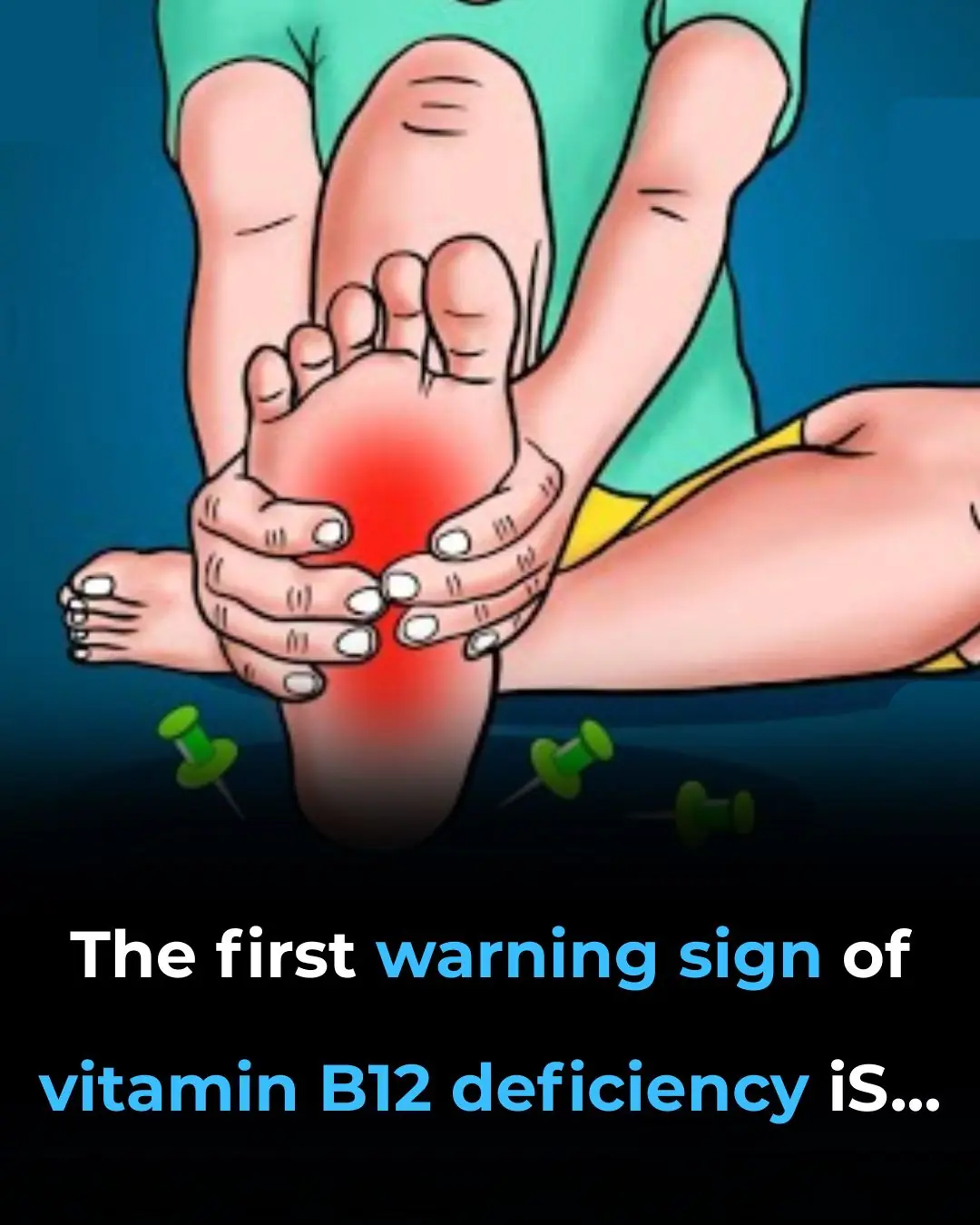
WHAT DO THESE RED DOTS ON YOUR SKIN MEAN?
Have you ever noticed small red dots suddenly appear on your skin and wondered what they mean? These dots can be alarming, especially when they appear without warning or cause. While red dots can sometimes be harmless, they may also indicate underlying health conditions that need attention. Understanding the possible causes can help you decide whether to seek medical advice or simply monitor your skin for changes.
One of the most common causes of red dots on the skin is petechiae. These are tiny, round, flat red or purple spots that appear when small blood vessels (capillaries) break under the skin. Petechiae do not blanch (turn white) when you press on them, which distinguishes them from rashes. They can appear due to minor trauma, intense coughing, vomiting, or certain infections. However, if petechiae appear suddenly and spread quickly, they could be a sign of a serious condition like a blood clotting disorder or a bacterial infection such as meningitis.
Another frequent cause of red dots is cherry angiomas. These are small, bright red moles caused by an overgrowth of blood vessels. They are typically harmless and common in people over 30. Cherry angiomas may increase in number with age and are usually not painful or dangerous. However, if one starts to bleed or change in appearance, it is best to have it examined by a dermatologist.
Heat rash, also known as prickly heat, is another condition that results in red dots, especially in hot and humid climates. It happens when sweat gets trapped in blocked pores, leading to small red or pink bumps, often accompanied by itching or a prickling sensation. Heat rash usually clears up on its own once the skin cools and dries.
Allergic reactions are also a leading cause of red spots. These reactions can occur after exposure to allergens such as certain foods, medications, insect bites, or skincare products. In these cases, red dots may be accompanied by itching, swelling, or hives. Severe allergic reactions (anaphylaxis) can be life-threatening and require immediate medical attention.
Sometimes red dots can be symptoms of viral infections like measles, rubella, or chickenpox, especially when accompanied by fever and other symptoms. In these cases, the red dots typically form part of a broader rash and spread over the body in a specific pattern. Proper diagnosis and isolation are essential to prevent spreading these infections.
Certain autoimmune diseases, such as lupus or vasculitis, can also cause red dots or rashes on the skin. These conditions occur when the immune system mistakenly attacks the body’s own tissues, leading to inflammation and damage. Red dots in these cases are usually persistent and accompanied by other systemic symptoms like joint pain, fatigue, or organ involvement.
Lastly, medications such as blood thinners, antibiotics, or chemotherapy drugs may cause red dots as a side effect. If a new medication causes noticeable skin changes, it’s important to contact a healthcare provider.
In conclusion, red dots on the skin can result from a wide range of causes, from harmless aging-related changes to more serious medical issues. While many cases are benign and self-resolving, it’s essential to monitor any new or changing spots and consult a healthcare professional if you experience additional symptoms like fever, pain, swelling, or rapid spreading. Being aware of your body and its signals is a key part of staying healthy.
News in the same category


Doctors Suspected Baby Had Mouth Tumor—The Shocking Truth Left Them Speechless
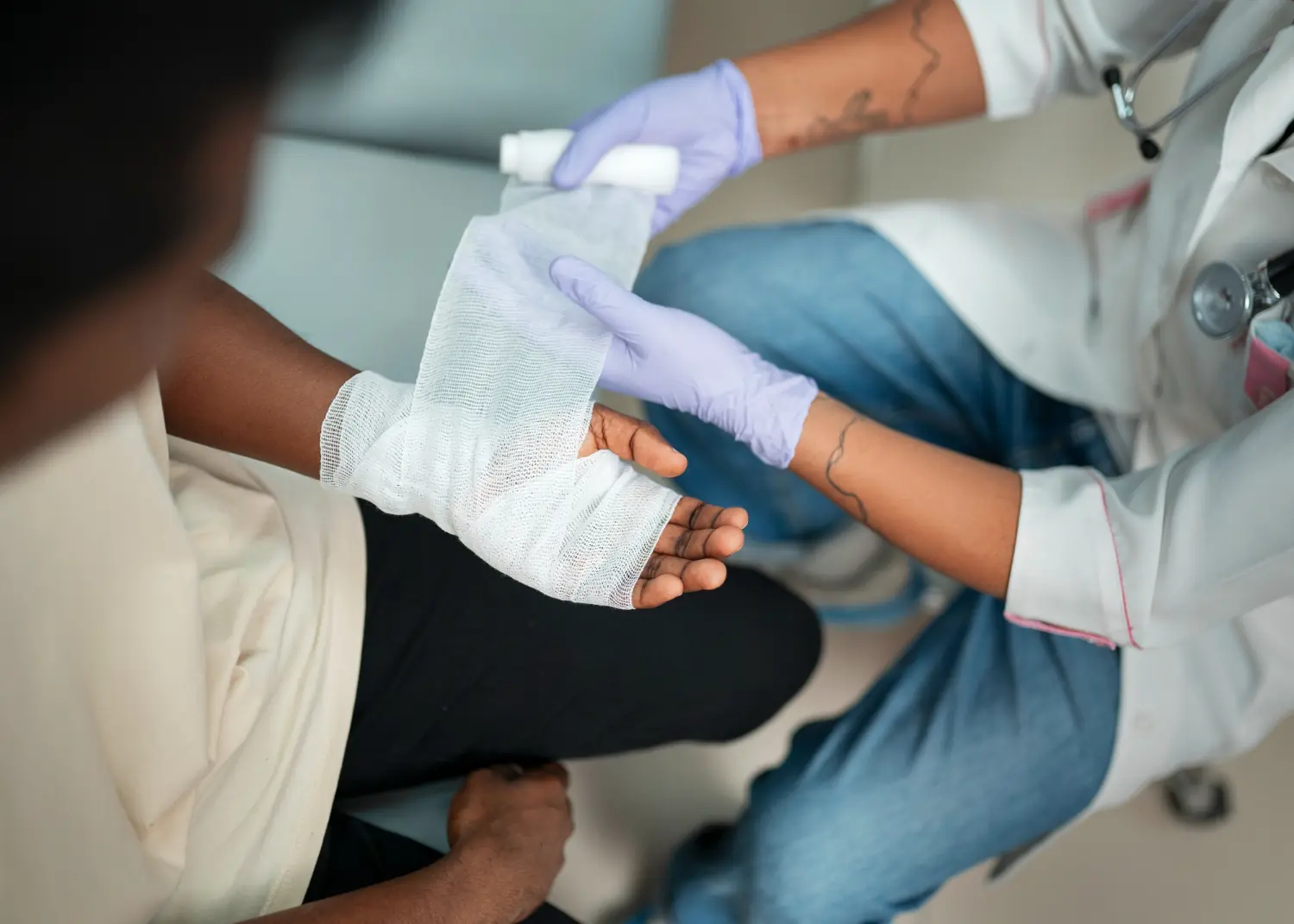
Why Some People Never Break A Bone—3 Wild Theories Explained
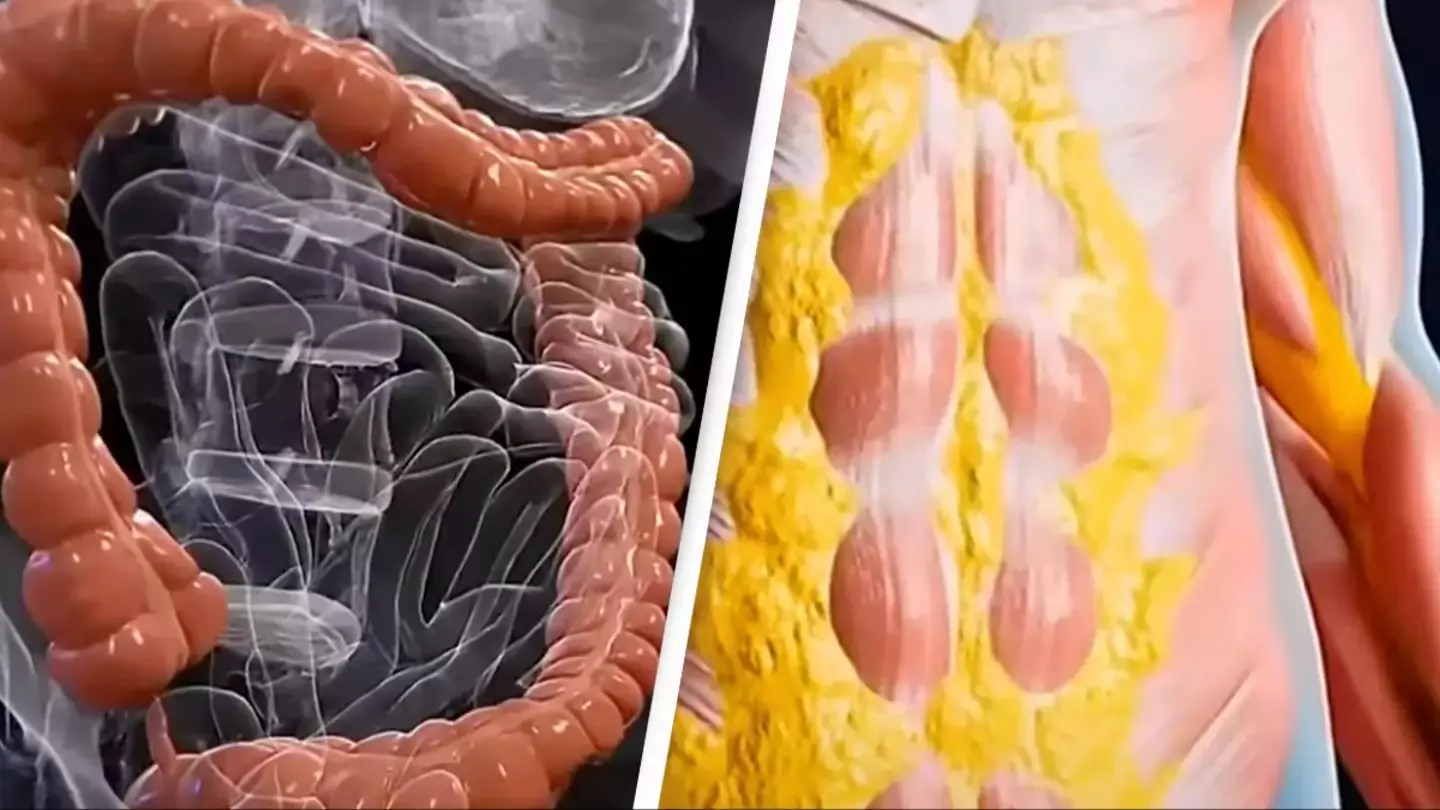
JAW DROPPING SIMULATION SHOWS WHAT HAPPENS TO YOUR BODY WHILE FASTING FOR 36 HOURS TO ACHIEVE 'FULL RESET'

6 Health Benefits of Sleeping In a Cold Room and How to Make it Cooler- And Why You May Not Want to Use a Fan

Dentists Explain What Those Black Triangles Are Between Your Teeth
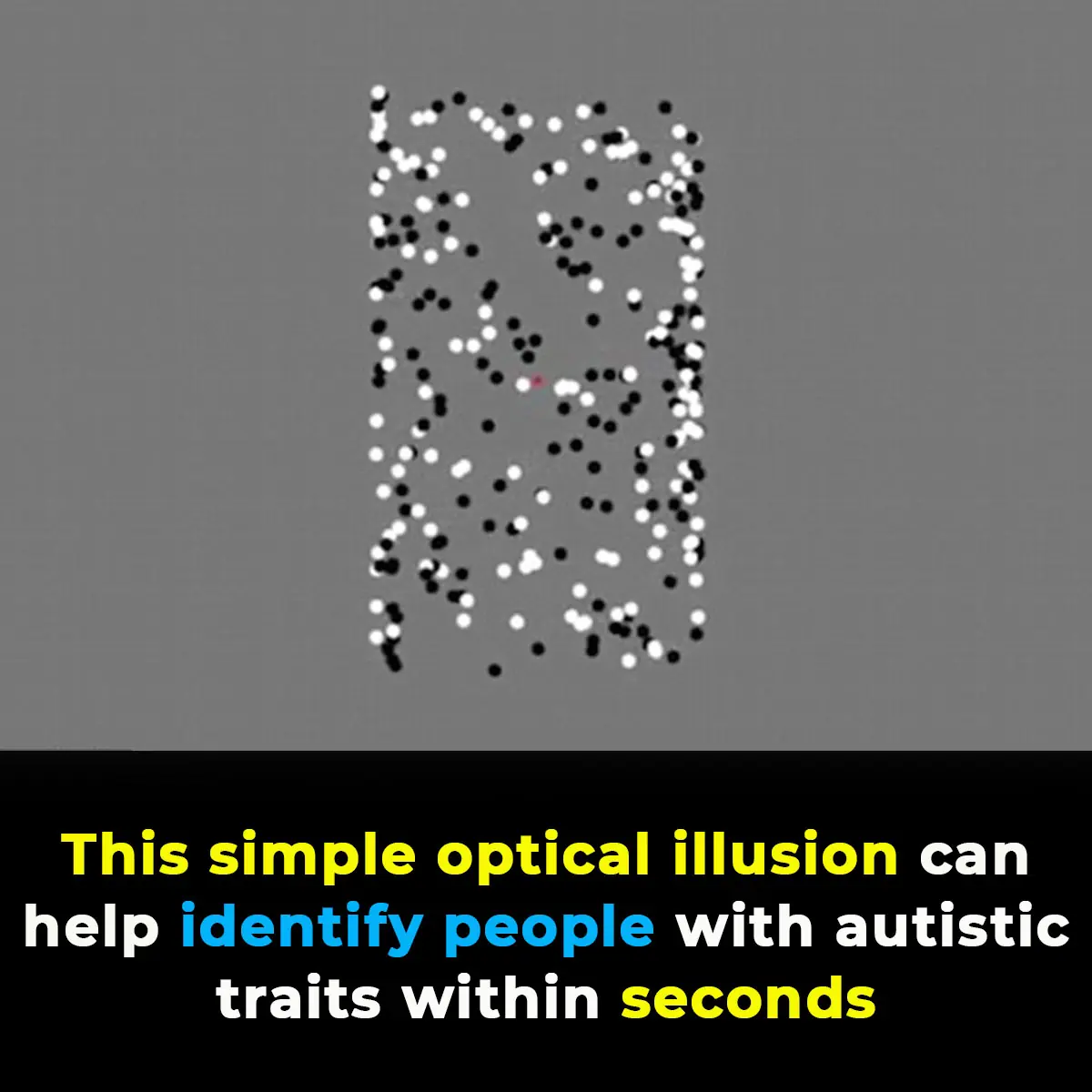
This optical illusion may help identify autistic traits in seconds

Pressure Points in Your Feet: Use This Foot Massage Chart for Pain Relief

8 Ways To Get Rid Of Phlegm And Mucus In Chest And Throat

Doctor Reveals Surprising Thing That Occurs When You Don’t Eat – and It’s The ‘Opposite’ of What Most People Think
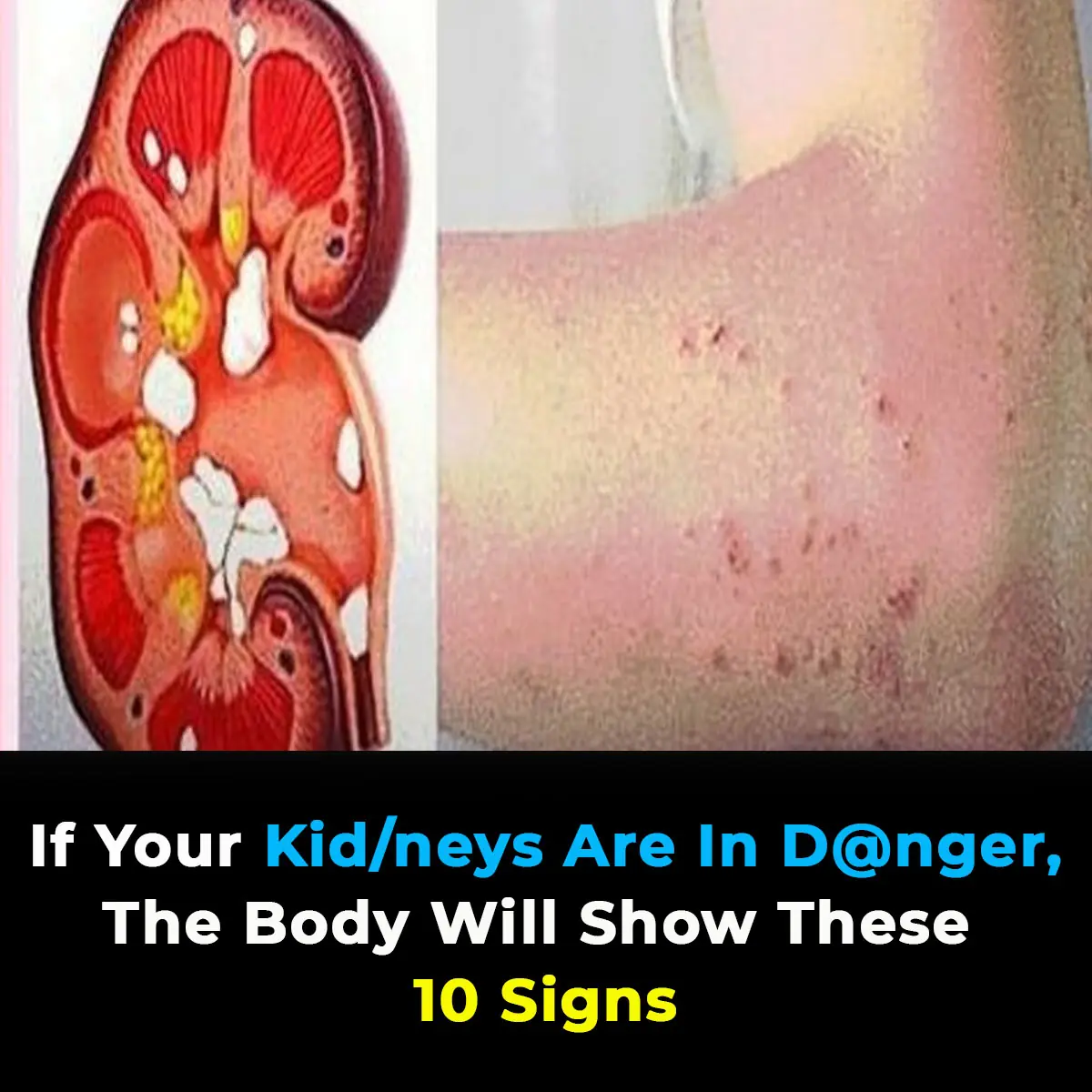
10 Signs You May Have Kidney Disease

This is what sleeping on the left side does for our brain, stomach & glymphatic health

This Is What Happens When You Eat Too Much Sugar—#7 Will Sh0ck You!
Learn to recognize the red flags of sugar overload before it sabotages your health

Heart Surgeon Reveals 4 Foods You Should ‘Always Avoid’ That Will ‘Poison’ Your Body
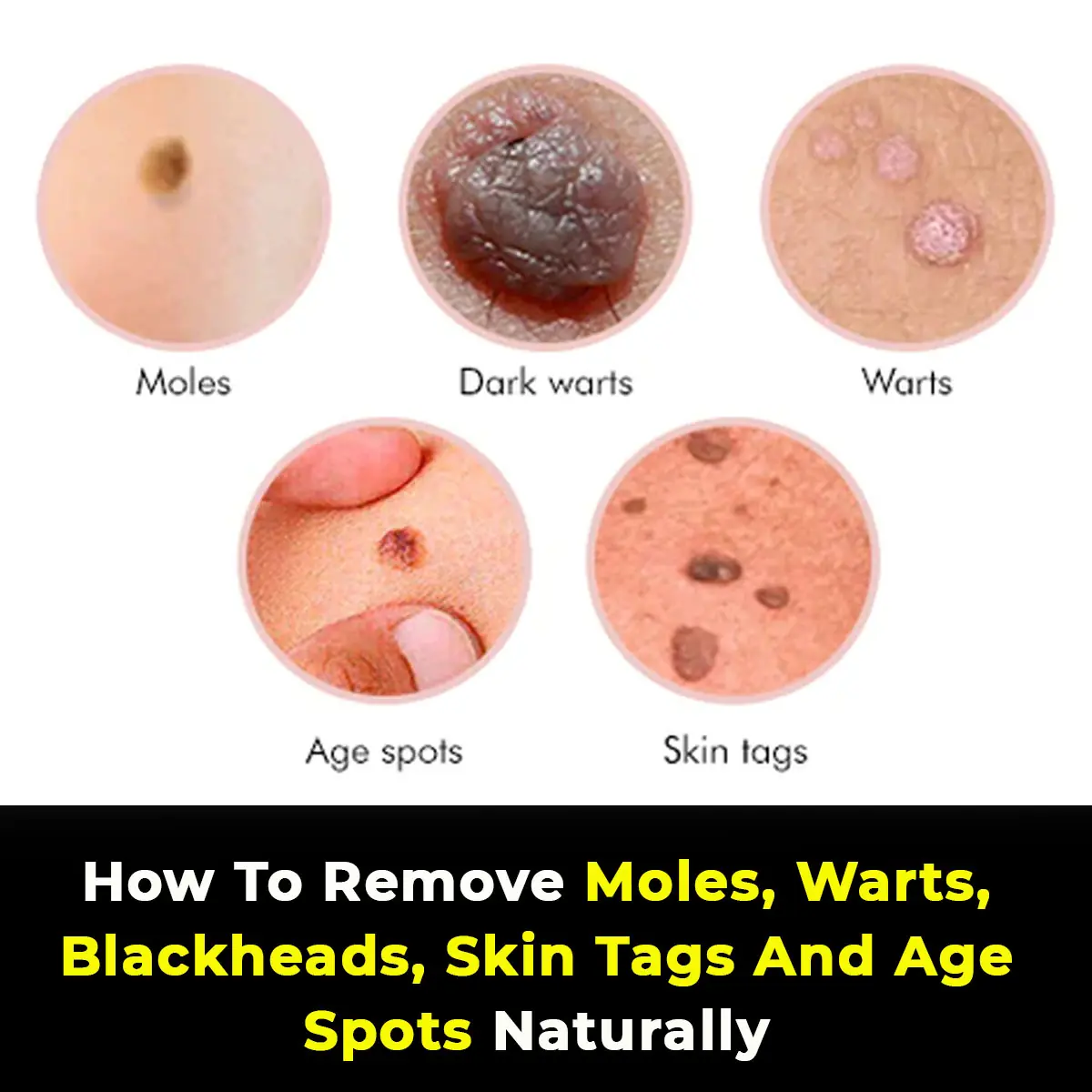
Natural Skin Care: What Can You Try To Remove Age Spots, Moles, Skin Tags, Warts, And Blackheads?

10 Signs You’re Living With Clogged Arteries

Teen Girl Hospitalized After Inserting Pen Inside Herself – Doctors Issue Urgent Warning
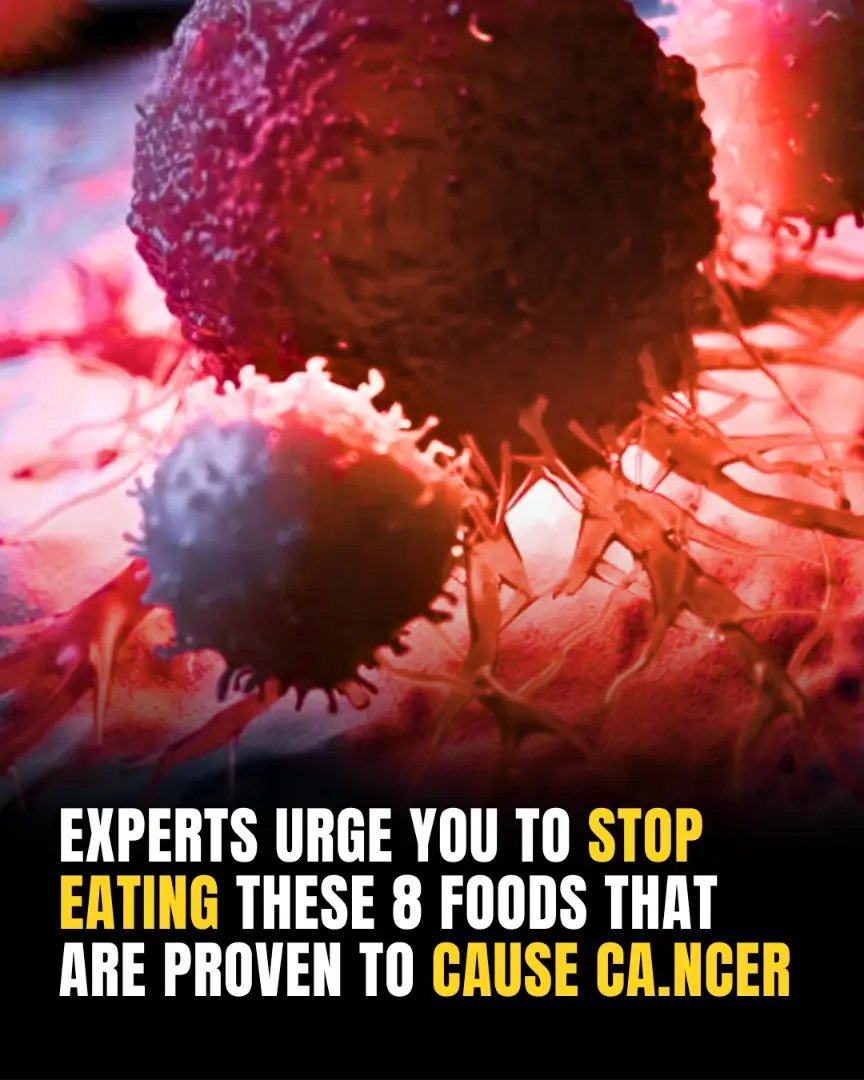
Experts Urge You to Stop Eating These 8 Foods That Are Proven to Cause Cancer

How to Use Apple Cider Vinegar for High Blood Pressure (Evidence Based)

Instant Noodles Are Linked to Stroke, Diabetes, and Weight Gain According to Studies
News Post

We weren’t the only humans just the last ones left to tell the tale

Japanese “Baba Vanga” Meme Resurfaces After July 2025 Tsunami Triggers Alerts

Top Signs of Iron Deficiency and How To Increase Iron Levels In Your Blood

Doctors Suspected Baby Had Mouth Tumor—The Shocking Truth Left Them Speechless

Why Some People Never Break A Bone—3 Wild Theories Explained

JAW DROPPING SIMULATION SHOWS WHAT HAPPENS TO YOUR BODY WHILE FASTING FOR 36 HOURS TO ACHIEVE 'FULL RESET'

Why you should always put a coin in the freezer before you leave home

6 Health Benefits of Sleeping In a Cold Room and How to Make it Cooler- And Why You May Not Want to Use a Fan

Dentists Explain What Those Black Triangles Are Between Your Teeth

Heroic Teen Malaya Grace, 17, Dies After Saving Siblings from Drowning in Texas Floods

Silent Walking’ Is The Latest Trend Gen Z Are Obsessed With

Why You Should Never Ever K--ill A House Centipede If You Find One Inside Of Your Home

‘Granny Pods’ Let Aging Parents Stay Close by in Your Backyard

Airport baggage handler issues warning to anyone who ties a ribbon on their suitcase

This optical illusion may help identify autistic traits in seconds

Man Folded In Half Stands Straight After 28 Years

What Does it Symbolize When a Person Who Passed Away Shows up in Your Dream?

Mary Ann Bevan: The Tragic Story of the ‘World’s Ugliest Woman’

Pressure Points in Your Feet: Use This Foot Massage Chart for Pain Relief
